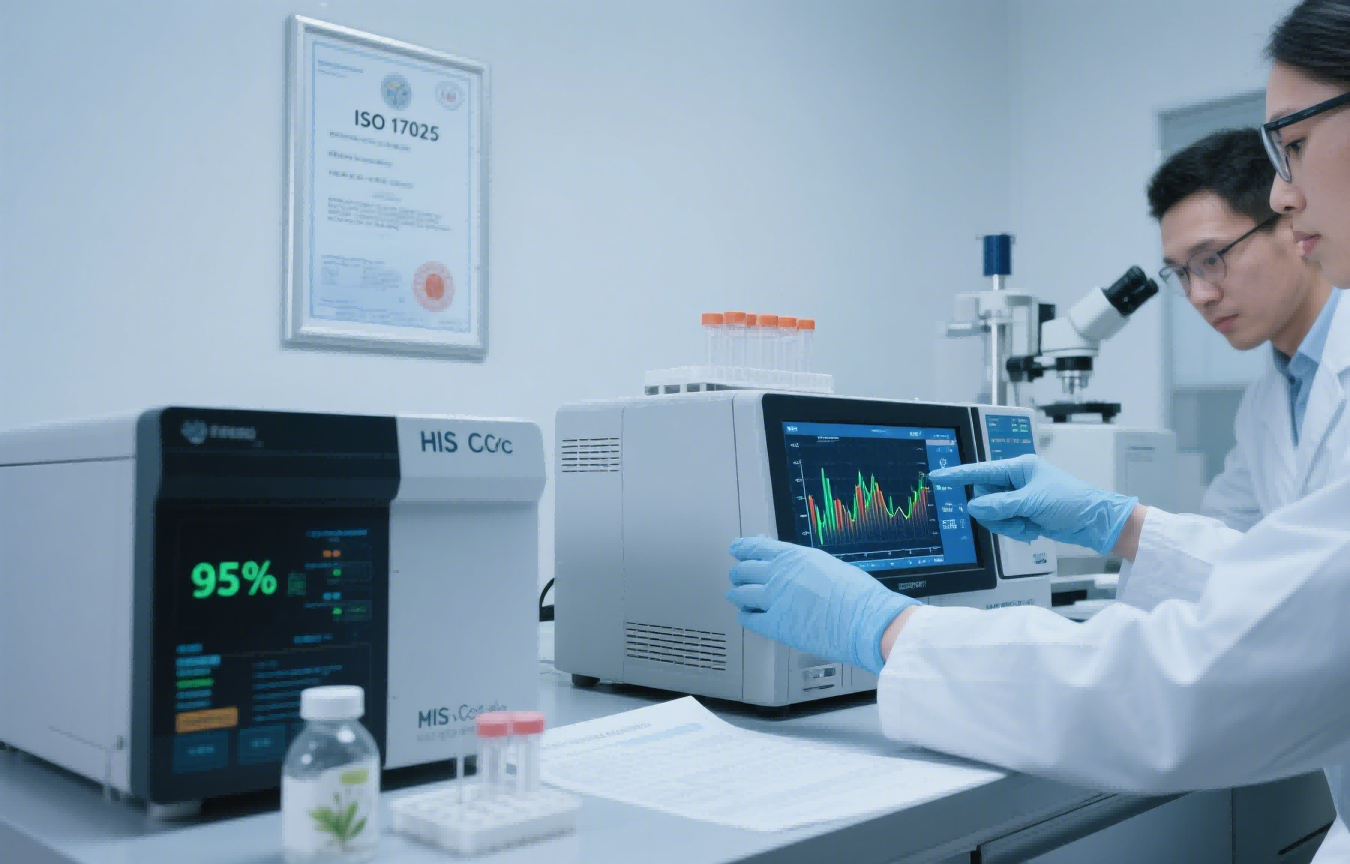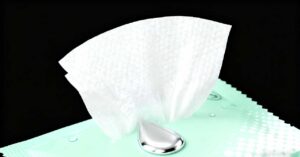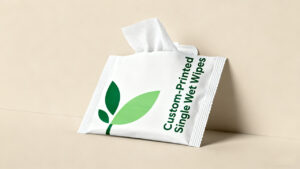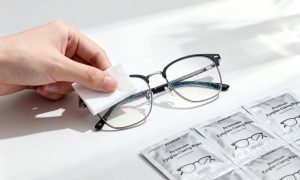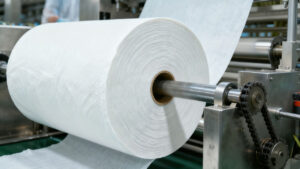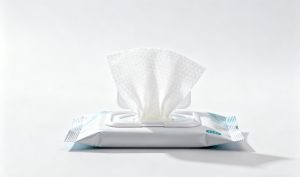Generic wipes cost brands 37% in lost revenue - discover how strategic customization captures premium market positioning while meeting exact consumer needs.
Successful customization requires matching four elements: material composition to usage scenarios (15g/sheet for makeup vs 40g/sheet for industrial), ingredient safety certifications, shelf-appealing packaging formats, and regional compliance labeling.
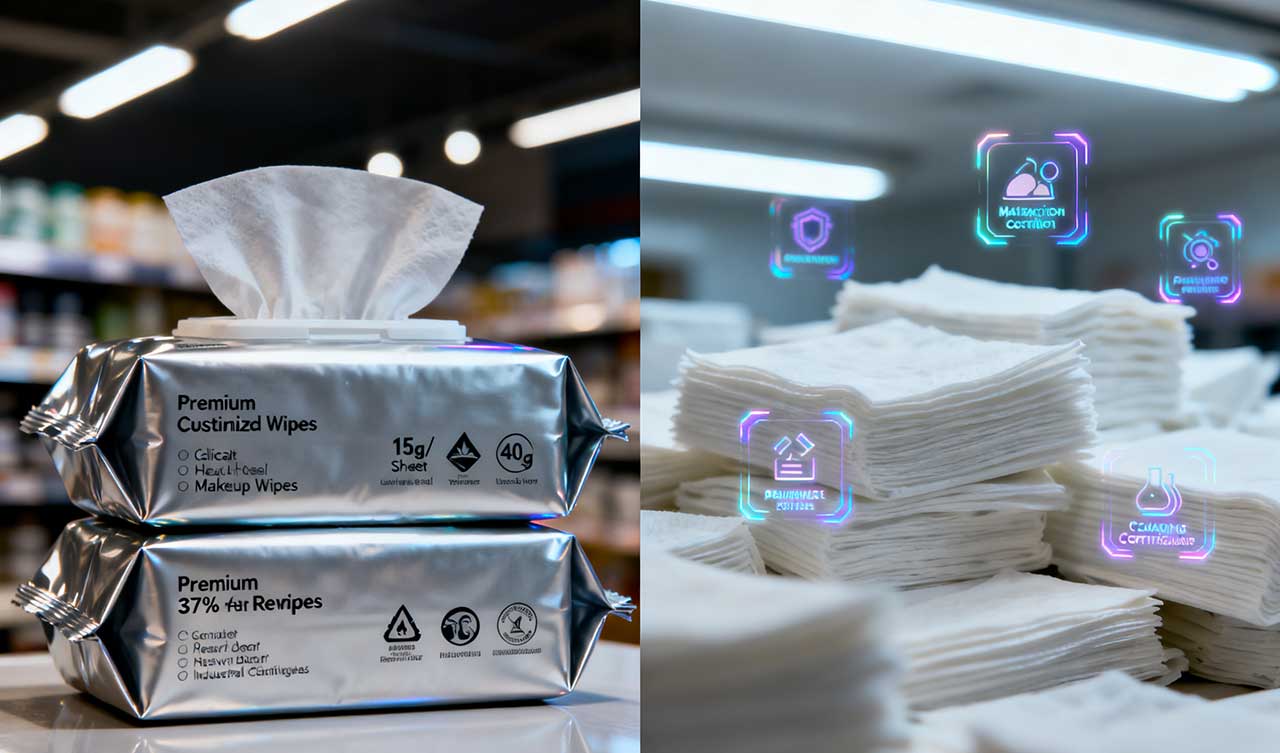 Let's break down the customization process into actionable strategies for market domination.
Let's break down the customization process into actionable strategies for market domination.
What Are the Benefits of Offering Custom-Branded Wipes?
Private label wipes generate 8-12x brand recall versus generic options - here's why customization delivers measurable competitive advantages. Custom branding increases perceived value by 60% while allowing precise adaptation to local preferences (like alcohol-free formulas for Middle Eastern markets or compact travel packs for European commuters).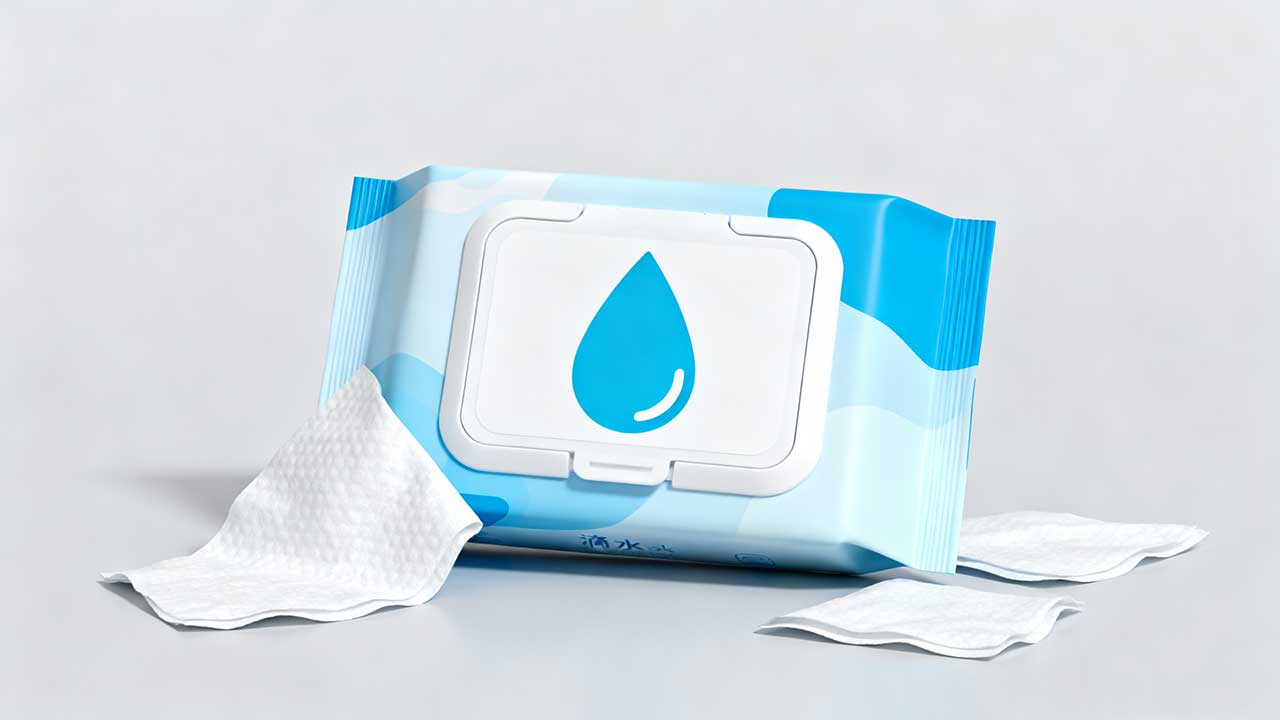
Strategic Benefits Matrix
| Benefit | Impact | Example | ROI |
|---|---|---|---|
| Brand Recognition | 80% higher recall | Signature scent + logo | 5.8x ad equivalency |
| Market Specialization | 22-45% price premium | Antibacterial childcare wipes | $1.29 vs $0.89 MSRP |
| Supply Chain Control | 30% fewer stockouts | MOQ flexibility | 98% service level |
| Regulatory Compliance | Faster market entry | EU Ecolabel pre-certification | 3-month launch advantage |
| Customer Retention | 67% repeat purchase | Subscription refill packs | LTV increase $14.20 |
- Demographic-specific sizing (10x15cm senior vs 8x12cm pediatric)
- Texture engineering (quilting patterns for tough cleaning)
- Dispenser compatibility (countertop vs purse-sized cases)
- Country-specific ingredient bans (EU paraben restrictions)
Which Materials Are Best for Customizable Wipes?
Choosing the wrong wipe material causes 23% of product returns - this scientific comparison reveals optimal substrates for every application. Hydroentangled nonwovens dominate premium segments (85% tensile strength advantage) while spunlace cotton remains the allergen-free gold standard - material selection directly impacts perceived quality and functionality.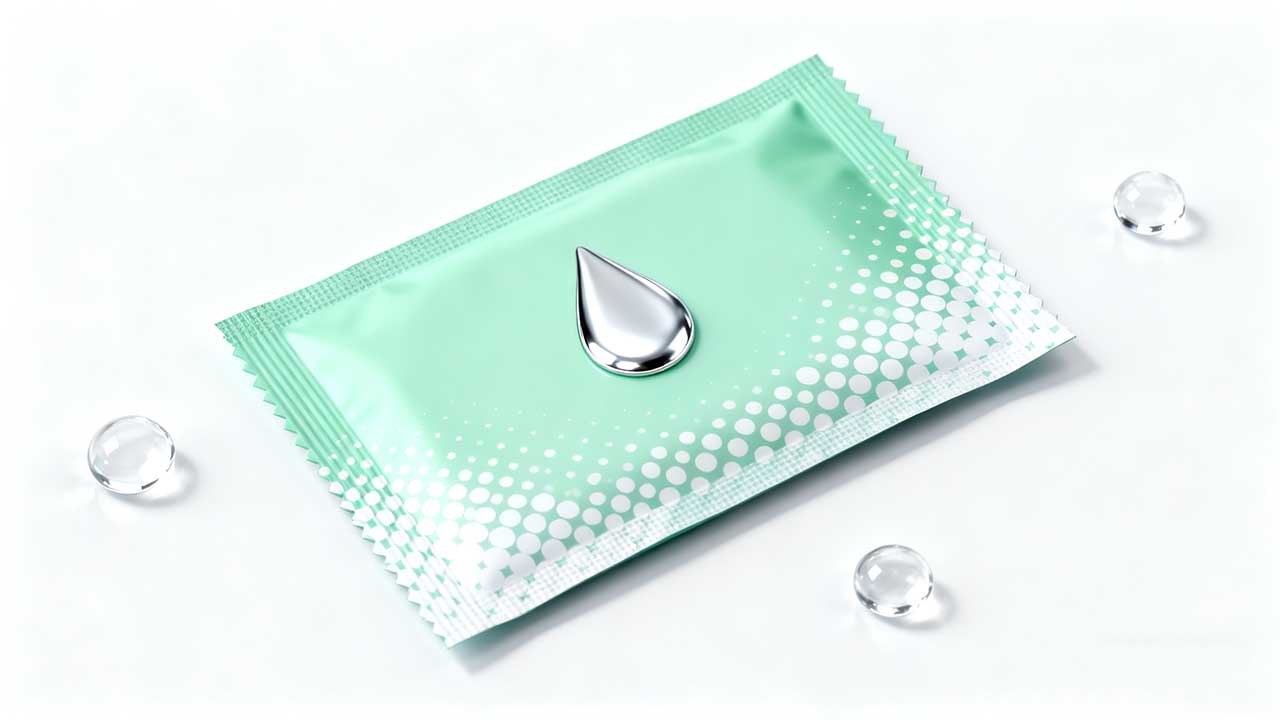
Material Performance Guide
| Type | Basis Weight | Key Features | Best For | Cost/mm² |
|---|---|---|---|---|
| Spunlace PP | 45-55gsm | High wet strength | Industrial | $0.00018 |
| Hydroentangled | 50-60gsm | Ultra-soft texture | Luxury skincare | $0.00025 |
| Airlaid Paper | 65-80gsm | Superior absorbency | Medical | $0.00022 |
| Needlepunch | 70-90gsm | Abrasive cleaning | Automotive | $0.00015 |
| 100% Organic Cotton | 40-50gsm | GOTS certified | Infant care | $0.00032 |
- Porosity levels (200-500µm pore size)
- Wet:dry strength ratios (>1:3 ideal)
- Dye compatibility (sublimation vs pigment)
- Embossing depth (0.3-0.7mm optimal)
- Linting thresholds (<15mg/10 wipes)
- FSC-certified viscose (65% lower carbon)
- PLA biopolymers (home-compostable)
- Post-consumer recycled fibers (30% RCW)
- Chlorine-free processing (TCF/ECF)
How Do You Ensure Quality Control in Custom Wipe Production?
Random quality checks miss 19% of defects - implement these pharmaceutical-grade protocols for flawless private label execution. Tier-1 manufacturers employ IPC 120-point inspection with automated vision systems detecting flaws down to 0.2mm - combined with batch-specific microbial testing ensuring <10 CFU/g cleanliness standards.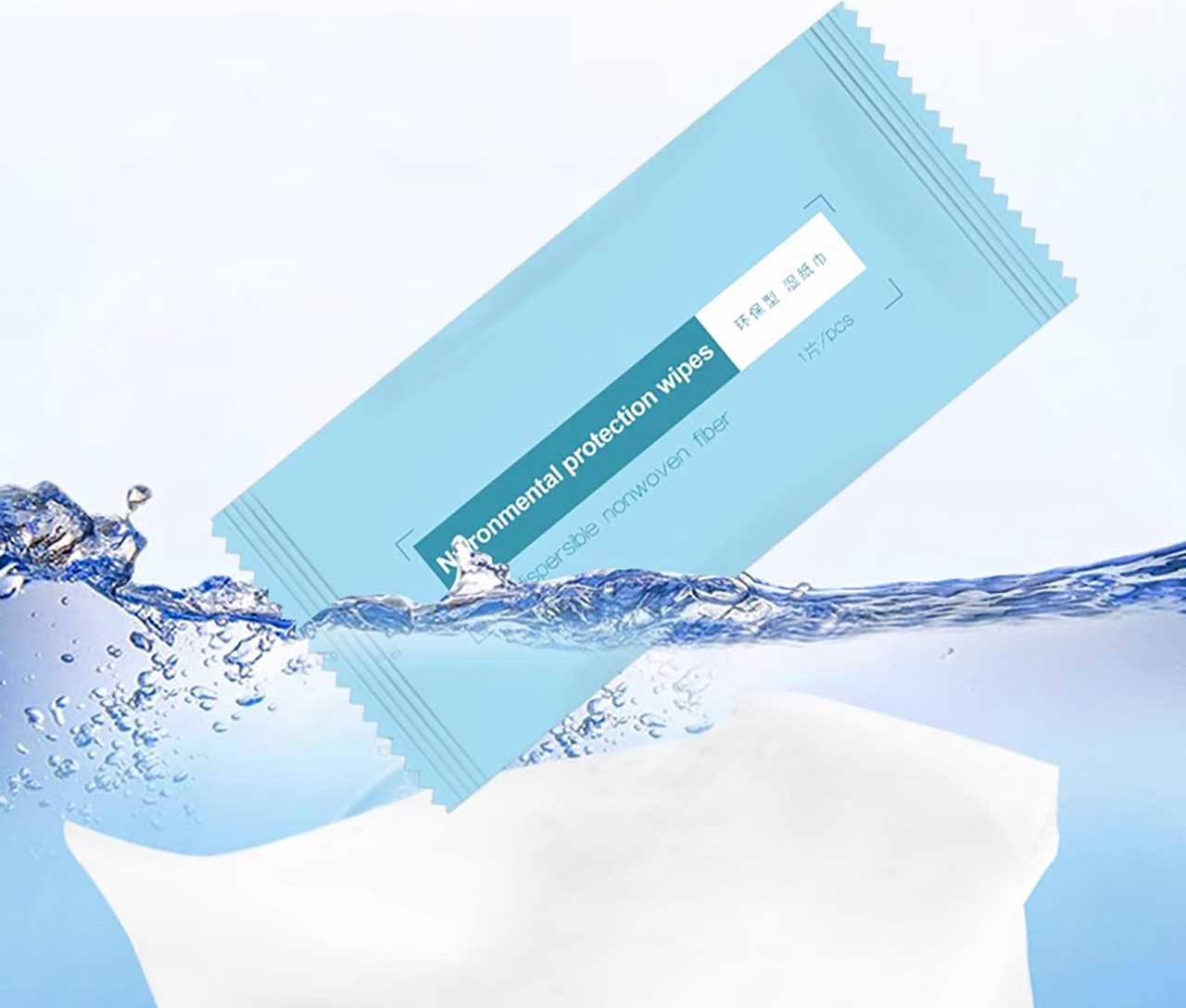
Quality Assurance Workflow
Phase 1: Raw Material- Spectrophotometer color matching (±0.5 ∆E)
- Absorbency rate testing (1-4 sec penetration)
- Grammage verification (±3% tolerance)
- Ultrasonic defect scanning (300m/min)
- Tension control (18-22N/web)
- Slitting accuracy (±0.3mm)
- Seal integrity (0.5bar pressure test)
- Count verification (X-ray detection)
- Barcode readability (ISO/IEC 15416)
- ISO 9001/13485 documentation
- SDS compliance auditing
- Stability testing (38°C/90% RH)
- Moisture content: 150-180% pickup
- Extraction force: 20-35N
- Residual solvent: <2ppm
- Particulate count: <50/100cm²
- PH balance: 4.5-7.5 range



